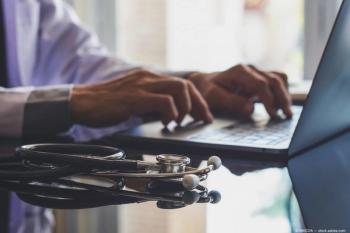
AC gas bubbles do not affect corneal endothelial cell density in LASIK procedures
Anterior chamber (AC) gas bubbles do not affect corneal endothelial cell density (ECD) during flap creation in LASIK operations.
Anterior chamber (AC) gas bubbles do not affect corneal endothelial cell density (ECD) during flap creation in LASIK operations, according to a study featured in the European Journal of Ophthalmology.
A team led by Dr Minoru Tomita, Shinagawa LASIK Center, Tokyo, Japan, conducted myopic LASIK in 436 eyes of 252 patients. For flap creation the IntraLase FS30 was used and Akkgretto Wave Eye-Q was used to perform excimer laser ablation. The ECD was measured pre-operatively and 3-month postoperatively. These were measured and compared using a noncontact specular microscope. Changes in ECD were compared to the group that did not have AC gas bubbles.
The study findings demonstrated that the average ECD reduction post-LASIK was –15±102 cells/mm2 for eyes without AC gas bubbles and –35±130 cells/mm2 for eyes with AC gas bubbles. There were no significant changes in ECD between either groups.
It was also concluded that using Intralase FS30 is a safe and successful way to complete LASIK operations and does not damage ECD.
Newsletter
Get the essential updates shaping the future of pharma manufacturing and compliance—subscribe today to Pharmaceutical Technology and never miss a breakthrough.













































